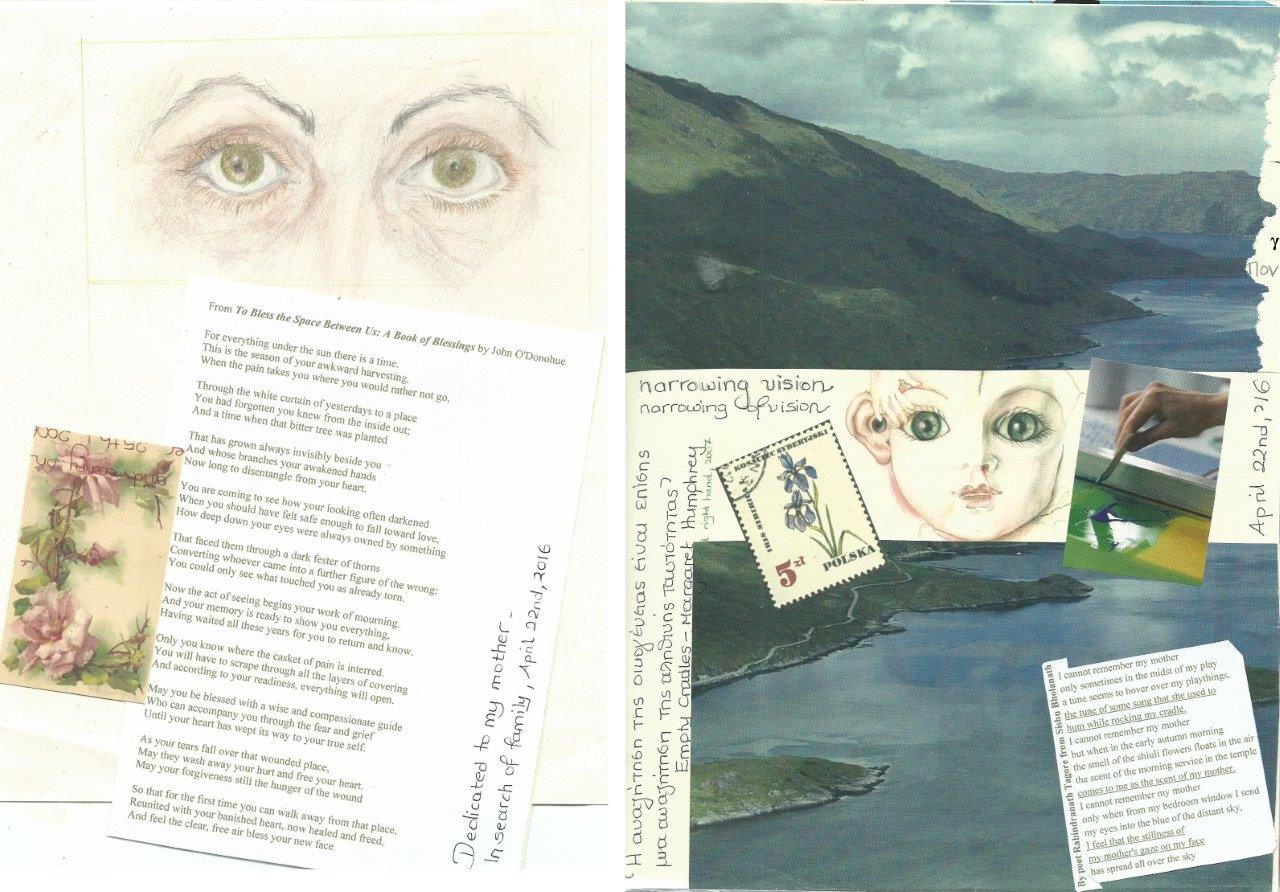Notes below are from Chapter 6 (Visual Experiences and Socioemotional Development) in Allan N. Schore’s book: Affect Regulation and the Origins of the Self: The Neurobiology of Emotional Development (Psychology Press), which brings together findings from studies emerging from the developmental branches of multiple disciplines.
Allan Schore writes that there is multidisciplinary evidence that demonstrate that a particular type of visual information, which conveys the primary caregiver’s affective response to the infant, is critical to the progression of the infant’s socioemotional development. He suggests that in sustained mutual gaze transactions the mother’s facial expression stimulates positive affect in the baby and that ‘sustained facial gazing mediates the most intense form of interpersonal communication’ (Tomkins, 1963, cited in Schore). This particular chapter in Allan Schore’s book includes references to extensive research findings. I will briefly refer to a few in this short text. Researchers have found that ‘extremely long gazing periods on part of the mother towards her infant are a common occurrence’ and that ‘the infant’s gaze reliably evokes the mother’s gaze’ (Stern, 1974; Messer & Vietz, 1984, cited in Schore). Schore claims that visual modes of communication that precede vocal modes of mutual communication (Schaffer, 1984, cited in Schore) are dominant in the creation of preverbal emotional ties between the baby and the mother in the first year of life, and also that gaze is a critical regulator of arousal in infant-mother interactions. Schore writes that studies stress the role of eye-to-eye contact in the development of maternal-infant attachment. For instance, studies have shown that ‘after the second month, fixation on the mother’s eyes increases’ and ‘at 17 weeks the eyes are a more salient feature of the mother’s face than her mouth’ (Mauer & Sapapatek, 1976; Caron, Caron, Cadwell &Weiss, 1973, cited in Schore). Bowlby suggests that mutual gaze transactions, the infant, in a state of heightened interest foveates and tracks the caregiver’s pupils. The child thus fixates directly on the visible portion of the mother’s central nervous system, her eyes, which specifically reflect the activity and state of her right hemisphere, the hemisphere that is known to be dominant for gaze behaviour (Meador et al, 1989). Schore suggests that in these exchanges the infant utilizes the mother’s expressed ‘optimal level of stimulation’ (Stern, 1985) as a template for the programming of the optimal level of stimulation for the development of his own evolving brain, specifically his maturing right hemisphere. In Izard and Termine’ 1988 study, mothers were asked to express the positive emotions of joy and interest, in close up face-to-face interactions with their 9 month old babies. Maternal joy expressions induced long periods of infant gaze, and the longer the infant looked at her mother, the more joy the infant expressed. Moreover, in this chapter there are references to research data that suggest that the mother and infant’s endocrine systems, which mediate their internal states, are mutually linked.

